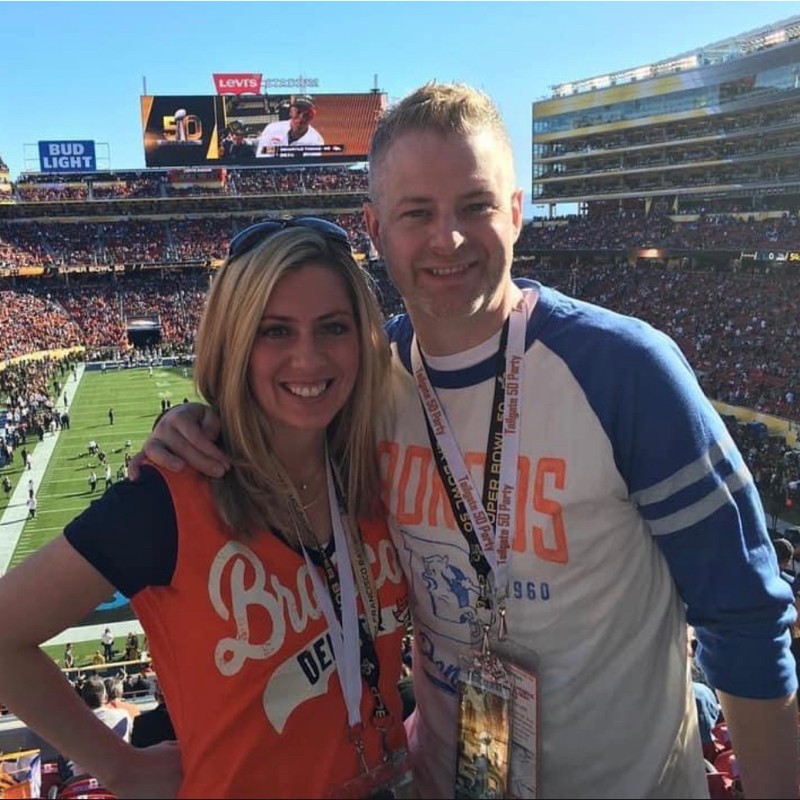Did Joseph Smith use magic Seer Stones to translate the Book of Mormon?
Ritual practices, magical objects, and people with supernatural abilities are recorded in the Bible. So, the fact that Smith used physical objects as a way to translate or receive revelation is not anti-religious. Folklorist Eric A. Eliason wrote, “The same Bible that proclaims ‘thou shalt not suffer a witch to live’ (Ex. 22:18) … portrays favorably, or at least without criticism, Jacob’s using sympathetic magic in showing pregnant sheep bark-stripped rods to make them bear more of the striped or speckled lambs Laban had agreed to give him … Such practices seem little different in essence than Joseph Smith using a divining rod or a seer stone. Is it any wonder that Bible-literate early Mormons came to call Joseph Smith’s devices for finding lost objects or translating ancient records a Urim and Thummim or even the Urim and Thummim?”.
When considering any historical event or person, it is important to note that our perspectives are always influenced by our own experiences and modern worldviews. It is also important to try and give context to the event or person in question. Around Palmyra, New York, where Joseph Smith lived, there were many ideas or traditions that might seem superstitious or magical to us but were fairly commonplace then. For example, many people saw their magical beliefs as supporting their Christian beliefs. For many people, believing in Joseph Smith seer stones was similar to believing that Moses parted the Red Sea or that Jesus turned water into wine.
While some people might not have believed in every magical practice, magic was still a part of their culture. For example, in one of the first anti-Mormon books ever published, a man named Doctor Philastus Hurlbut records various people from Palmyra critiquing Joseph Smith, and his use of seer stones in particular. Ironically, while written to expose Smith, these Palmyra natives also reveal their participation with Smith and his seer stones. Irony aside, these people would have certainly considered themselves Christians while also participating in the seemingly magical practice of using seer stones.
References
- Eric A. Eliason, “Seer Stones, Salamanders, and Early Mormon “Folk Magic” in the Light of Folklore Studies and Bible Scholarship,” BYU Studies Quarterly 55, no. 1 (2016), https://byustudies.byu.edu/article/seer-stones-salamanders-and-early-mormon-folk-magic-in-the-light-of-folklore-studies-and-bible-scholarship/#footnote-040.
- E.D. Howe, Mormonism Unvailed (Painesville: By the author, 1834), 12-13, https://archive.org/details/mormonismunvaile00howe/page/n13/mode/2up.
- Richard Lyman Bushman. Joseph Smith: Rough Stone Rolling. (New York: Alfred A. Knopf, 2005) 48-51.


